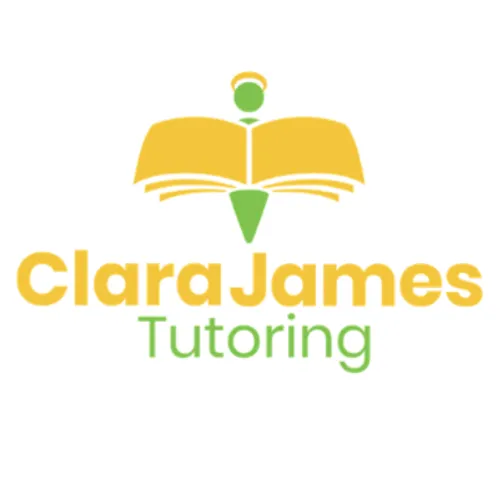Clara James Tutoring
BLOG POSTS

What is the initial investment of a Clara James Tutoring Franchise
The initial investment to become a Clara James Franchisee is just £3,000. We have kept the price as low as possible as our goal is to support as many people as possible.
This initial investment will cover a widespread start up package including the initial online training and the get to know you day here in Aylesbury, Buckinghamshire. Starter packs for your first 3 students, a comprehensive starter pack for yourself including everything you will need in your initial lessons, a copy of square pegs and round holes, the ‘Tutor’s logbook’, ‘the ‘tutor’s planner’, and much more including large amounts of marketing blogs and templates for you to use.
After this there is a £100 monthly subscription to cover your ongoing support:
fortnightly zoom calls,
additional contact by email,
webinars,
newsletters,
fortnightly resource creation sessions,
fortnightly sessions where we can all come together online and work on our businesses and I’ll be there to answer any questions should you have them.
I would suggest that you also have some money available to pay for some initial Facebook Posts
to raise awareness of your business. We will support you how to create these but to boost your company’s profile is something I would definitely recommend. This can be as little as a couple of pounds a day, but it is something to be considered.
Like I say, our goal is to support as many people as possible using our techniques that is why we have endeavoured to keep the price as low as possible.
If you have any questions or would like more information get in touch: [email protected]
Morning,
I hope the week is going well.
So many people seem to be doing D of E and work experience
at the moment, good luck if that’s you and if you’re at Marlow Camp next
fingers crossed for good weather!
I’ve just finished a lesson on division. It seems to be
something that messes with the brains of so many people.
I found it got easier when I stopped thinking about it as
division and instead thought about it as multiplication. So, if for example I
had the question 396 divided by 3, I would look at it as 3x what = 3. My answer
would be 1. How many times would I need to multiply 3 to get to 9, (my answer
would be 3). Then 3x something = 6. My answer would be 2. Giving me the overall
answer of 132.
I know that’s a really simple example but hopefully it explains
my point.
Thankfully in schools they don’t often seem to need to do
long division, but I’ve worked with a couple of adults (generally nurses for
some reason) who have needed it.
I think I’ll explain this one in a video, as it will be too
complicated to explain it with words as bits get put all over the place. I hope
this makes sense though:
Enjoy the rest of the week and speak soon,
Dawn

